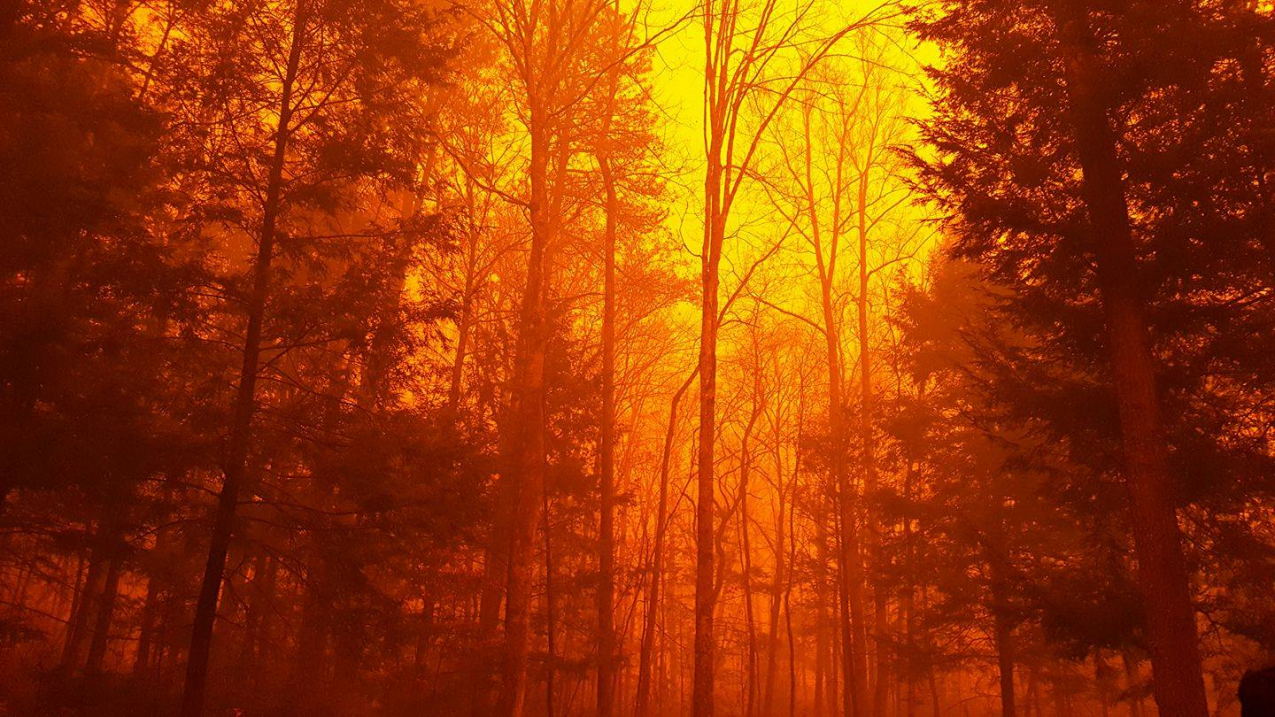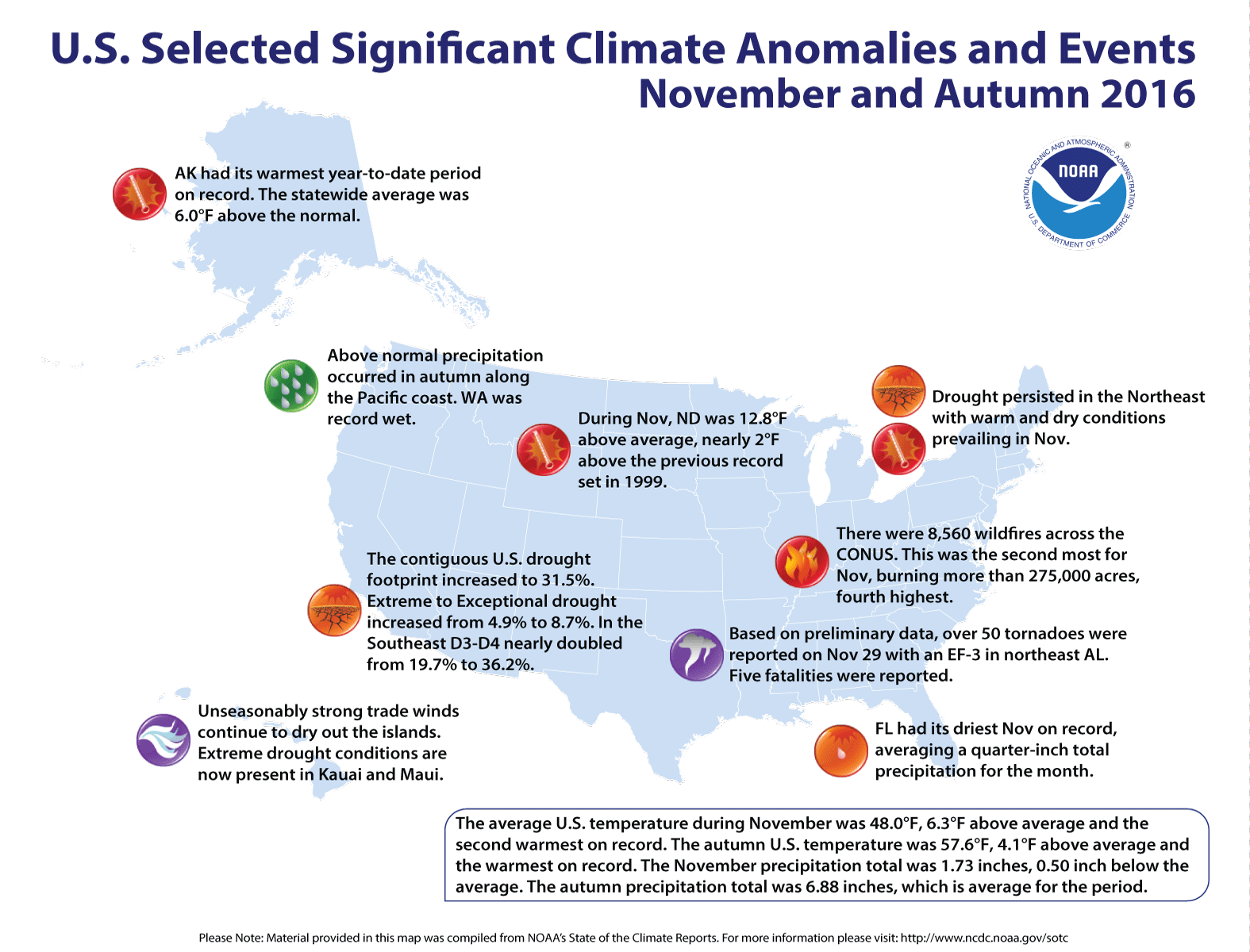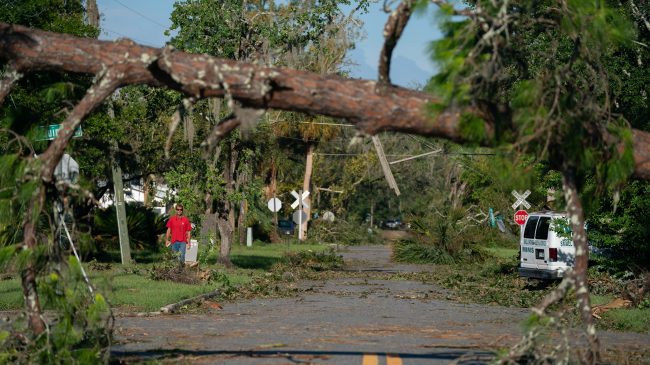Drought-fueled wildfires had significant impacts in the Southeast
Drought-fueled wildfires had significant impacts in the Southeast

Wildfires are one of many fall weather hazards. Pictured here are the devastating wildfires that raged in and around Great Smoky Mountain National Park in November 2016. (Image credit: National Park Service)





